Climate action includes all types of efforts and initiatives taken by individuals, industries, governments, and communities to address the challenges posed by climate change.
―
Q. What is Climate Action?
―
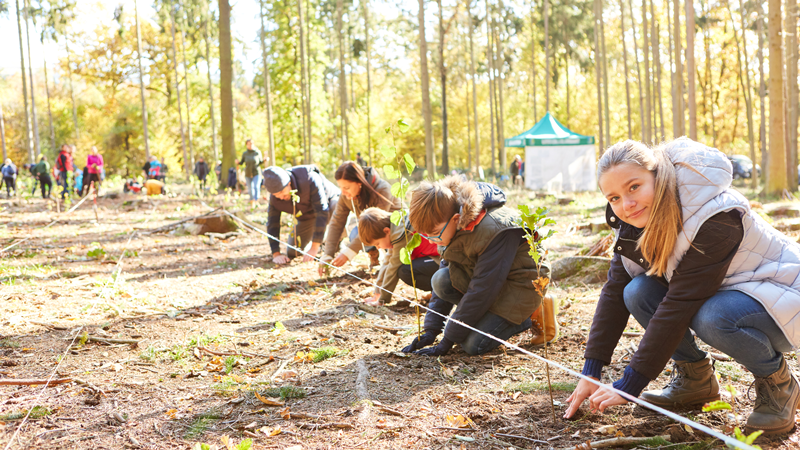
A. Climate action includes all types of efforts and initiatives taken by individuals, industries, governments, and communities to address the challenges posed by climate change.
Climate change is primarily caused by human behavior, such as ▲burning fossil fuel (coal, oil, and natural gas), ▲deforestation, and ▲industrial processes that release greenhouse gases (GHG) into the atmosphere.
As of 2023, global temperatures have reached the highest levels ever recorded. Climate action is a global movement to mitigate this climate change by reducing the amount of GHGs produced.
―
Why does it matter?
―
A. The global temperature has already risen 1.1ºC above the pre-industrial level, with glaciers melting and the sea level rising.
In 2020, global greenhouse gas concentration reached a record high, and as they rise, so does the planet’s temperature.
In 2021, the global temperature has already risen 1.1ºC above the pre-industrial level (1850-1900).. The years from 2015 to 2021 were the seven hottest years since global temperatures were recorded.
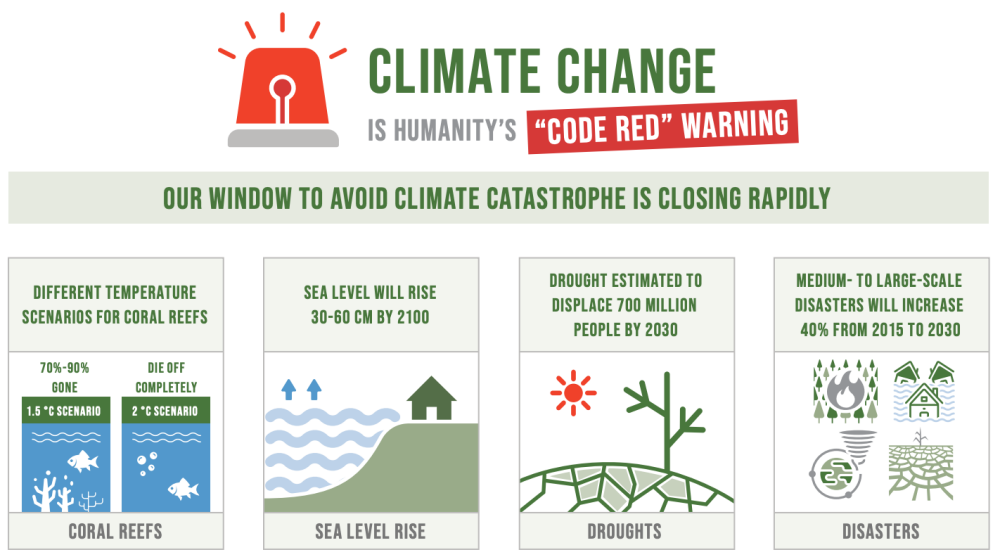
(Source: United Nations LNOB (un.org))
As of 2023, climate change is affecting the daily lives of people in every country on every continent around the world. People are experiencing the significant impacts of climate change, which include changing weather patterns, rising sea level, and more extreme weather events.
Floods and droughts caused by climate change have already forced millions of people from their homes. By 2030, an estimated 700 million people will be at risk of displacement by drought alone.
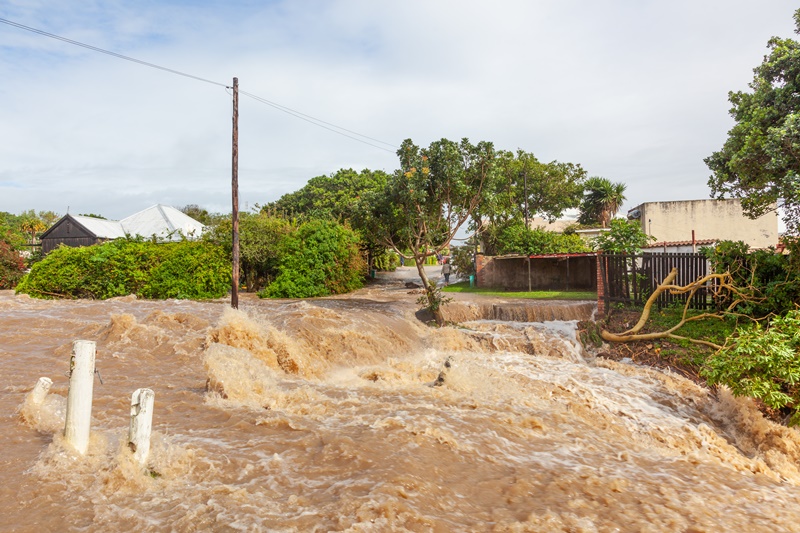
Impacts of climate change is sinking millions of people into poverty and hunger, denying them access to basic services such as health and education, further expanding inequalities.
If left unchecked, current threats we are already facing, such as food and water shortages, could rapidly worsen, leading to conflict.
―
Q. What is the goal of climate action?
―
A. The goal is to limit warming to 1.5° Celsius above pre-industrial levels. This goal was set out by the 195 parties in the Paris Agreement.
To achieve this 1.5°C goal, the greenhouse gas emissions must reach its maximum point before 2025, which means that it should not increase after 2025. This is followed by a 30% reduction in global greenhouse gas emissions by 2043 and carbon neutrality by 2050.
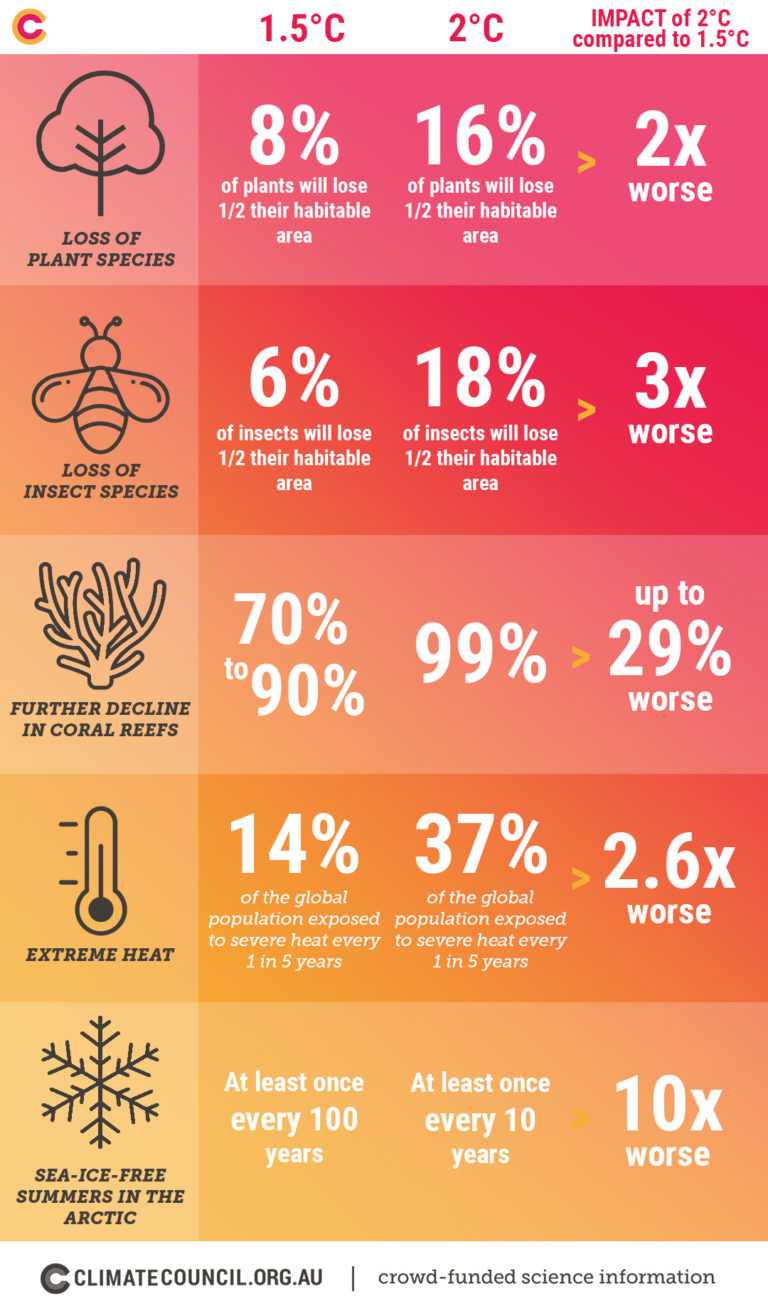
(Source : ClimateCouncil.org)
While many countries around the world have identified Nationally Determined Contributions(NDCs) to reduce greenhouse gas emissions and adapt to climate impacts, experts believe that the targets set by countries are not enough to meet the 1.5° C goal.
In May, the World Meteorological Organization (WMO) warned that “there is a 66% likelihood that the annual average near-surface global temperature between 2023 and 2027 will be more than 1.5°C above pre-industrial levels for at least one year.” More aggressive and drastic reductions are needed.
(Source: United Nations)
―
Q. What are some different types of climate action?
―
A. Climate action can be pursued through various channels, including government policies, corporate initiatives, and individual efforts. When these three sectors collaborate towards a shared goal, we can safeguard the planet for future generations.
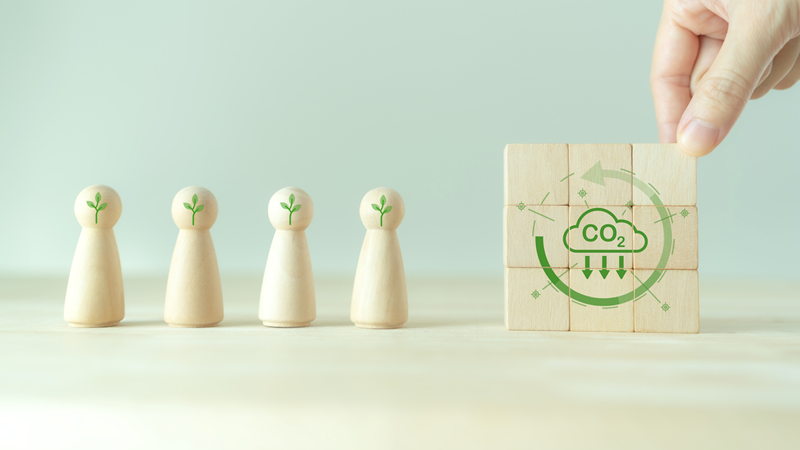
■ Mitigation
Mitigation is the reduction of greenhouse gas emissions to limit global warming. This can be done by switching to green energy (solar, wind, and hydro), improving energy efficiency, promoting sustainable agricultural practices, reforestation and preservation of forests, and creating policies to reduce emissions from industry and transportation.
■ Adaptation
Adaptation is about preparing for and minimizing the negative effects of climate change. It includes building climate-resilient infrastructure, protecting ecosystems, and establishing early warning systems for extreme weather events.
■ Climate policies and agreements
International climate agreements, such as the Paris Agreement, are essential to unite global efforts. Governments play a critical role in setting policies, regulations, and incentives to encourage climate-friendly behavior.
■ Climate finance
Developing as well as developed countries need funding and investment to support climate action initiatives. The Green Climate Fund is the first international financial organization to focus on climate change. When backed by climate-related funds like this, greenhouse gas reduction targets can be achieved regardless of federal budget.
―
Q. What climate actions can we take?
―
A. We have the power to enact significant change. Let’s take a look at climate actions that everyday individuals can take.
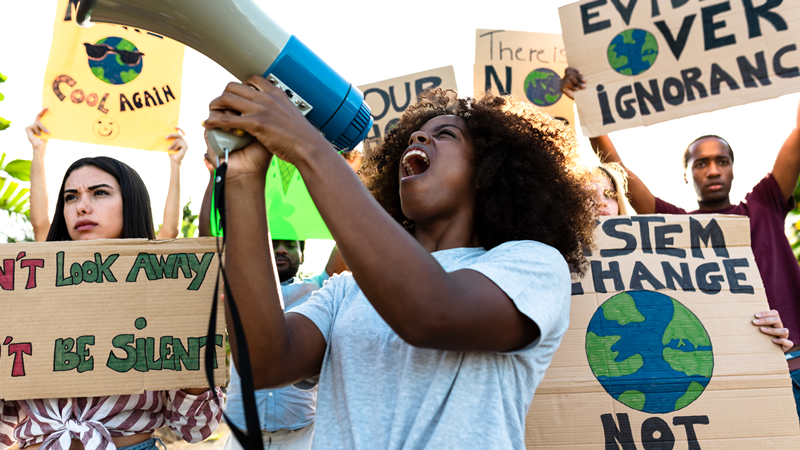
Solutions for Climate Action
1. Save energy at home
Most of our electricity and heating comes from burning coal, oil, and gas. You can save energy by using less heating and cooling systems at home, switching to LED light bulbs and energy-efficient electronics, washing clothes with cold water, or hanging your laundry to wind dry instead of using the dryer machine.
2. Use alternative methods of transportation
Walking or riding a bicycle reduces greenhouse gas emissions and improves your health. For longer trips, take public transportation or share rides.
3. Eat a plant-based diet
Replace meat and dairies with vegetables, fruits, whole grains, and nuts. They need less energy, land, and water to produce than animal-based foods, resulting in lower greenhouse gas emissions.
4. Travel less
Did you know that flying an airplane takes a lot of fossil fuel? You may want to consider other options, such as having virtual meetings and reducing long-distance travels whenever possible to reduce your impact on the environment.
5. Lessen food waste
When you throw away food, you are wasting the resources and energy used to grow, produce, package, and transport your food. And that food waste rots in landfills, producing methane, a powerful greenhouse gas. Get in the habit of buying only what you can eat and checking out the expiration dates to avoid your food ending up in trash!
6. Reuse, recycle, and repair
Everything we buy emits greenhouse gases at each point of production – from extracting raw materials to manufacturing and transportation to the store. Buy less, shop secondhand, repair, and recycle whenever possible to help save the planet.
7. Switch to an electric car
Electric cars emit much less greenhouse gases than gasoline or diesel cars.
8. Choose eco-friendly products
Buy local and in-season produce helps the environment. Look for companies that are committed to reducing greenhouse gas emissions and waste.
9. Speak to others about the issue
Talking about environmental issues is another form of climate action. The collective voice of each consumer can influence corporations, governments, and world leaders to take action.
There are many climate actions that individuals can practice in their daily lives. Visit the following United Nations website for a list of small but significant climate actions.
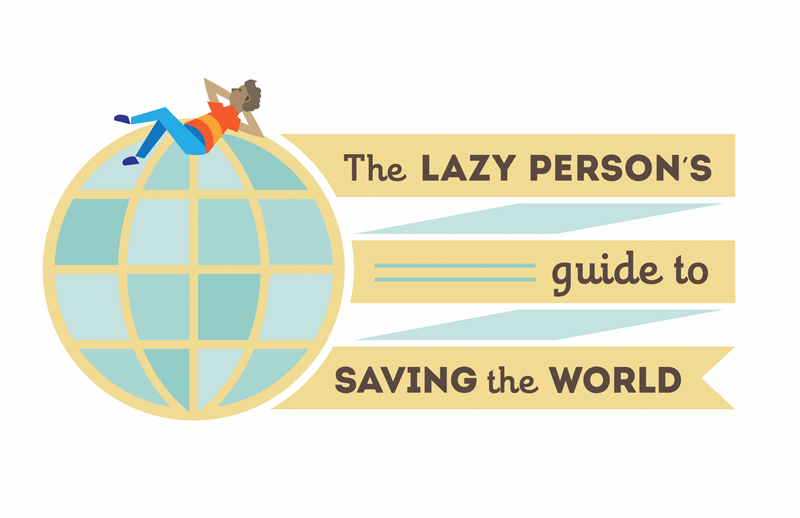
Read UN’s Lazy Person’s Guide to Saving the World(link)
Human-induced climate change poses a grave threat to our way of life and the future of our planet. It’s imperative that everyone from the global community takes climate action to build a sustainable world for all.
Why don’t we gradually change our daily routines to integrate climate action, to save ourselves, our planet, and our future generations to come?
“To embrace the future,
we must expand the scope of vocations that can herald the coming of peace.
Even though we may never meet our descendants, we must make sure that all their activities will harmonize in peaceful societies and nations.”
-Dr. Hak Ja Han Moon
Founder of Sunhak Peace Prize-
Learn more about this issue: |
Written by Sharon Choi
Director of Planning
Sunhak Peace Prize Secretariat
Translated by Hyang Oh

